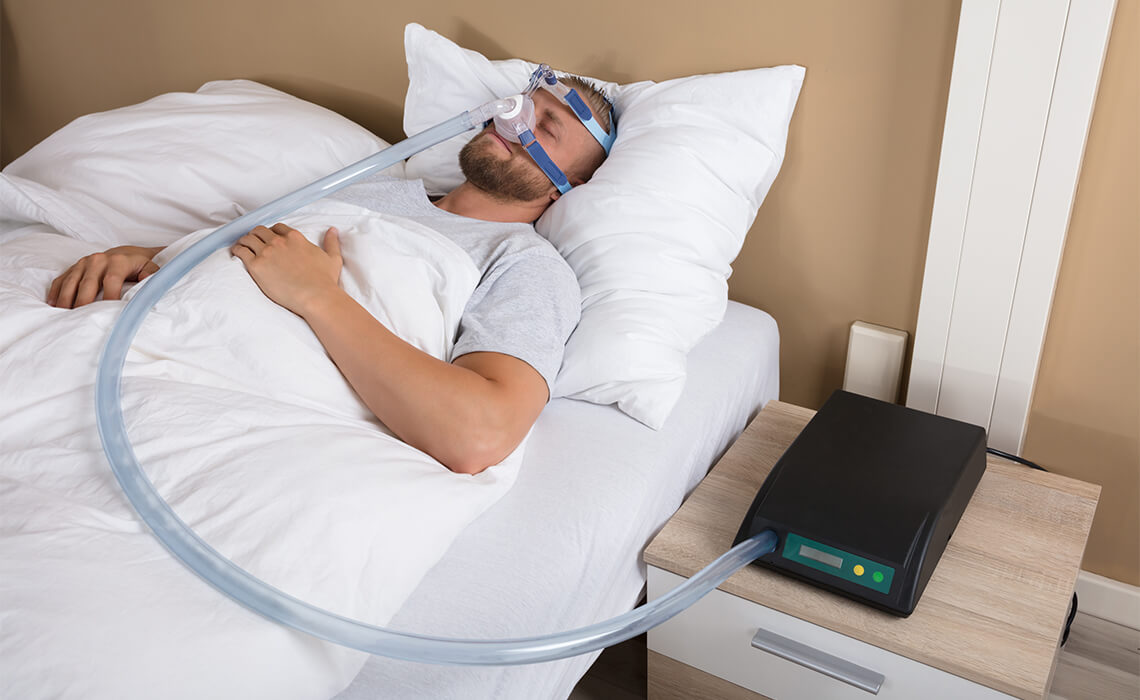Sleep hygiene habits are healthy behaviors and environmental factors that can be modified to help you to have a good night’s sleep. Small adjustments to your daily routine and lifestyle can improve your sleep drastically. Your internal sleep clock, located in your brain, tells you when it’s time for sleep. Your body’s internal clock relies on specific cues from your environment to help determine when you feel drowsy and when you feel awake. Getting a good night’s sleep requires you to work with your internal clock, not against it. Some suggestions include, waking up at the same time every day, going to bed when your body tells you it’s ready, and getting sunshine early in the morning to reinforce the exposure to light which helps set the internal clock. Ensure the room is at the correct temperature which is ideally between 63-68 degrees. Make sure the room is dark enough which may require black out curtains and an eye mask. Use your bedroom only for sleep and intimacy. Investing in a white noise machine or ear plugs can help drown out outside noises you can’t control to give you continuous restorative sleep throughout the night.
Nose breathing has many benefits such as, filtering out allergens, delivering warmer more humid air to the lungs, reducing dry mouth which is cavity causing and improving the quality of your sleep. Nasal strips are small flexible bands that fit above the flare of the nostrils and contain an adhesive so they stay in position all night. They work by lifting the sides of the nose which opens the nostrils allowing increased airflow. Nasal strips can reduce snoring as well since they widen the nostrils and decrease resistance in the nasal passages. An alternative to nasal strips are nasal dilators. Nasal dilators are small flexible dilators that fit comfortably inside your nostrils. Once put in it gently expands and pushes against the nasal walls to widen your nostrils from the inside to improve airflow. Both nasal strips and nasal dilators use the same mechanism which is widening your nostrils to allow better airflow.
If you are waking up in the middle of the night to chug water or experience dry mouth then mouth tape is a good solution for you. Mouth taping is essentially exactly what it sounds like. Taping your mouth shut at night to encourage breathing out of your nose. Mouth taping has many potential benefits such as reducing snoring and bad breath. It can help reduce dry mouth by promoting nasal breathing which will keep the inside of your mouth coated with saliva and reduce excessive thirst at night. Saliva protects the teeth from cavities by protecting the tooth’s surface through a process called remineralization.
Humidifiers can help reduce the dryness of the air. Cold, dry air can make it difficult to breathe and compounds the dryness in your mouth throughout the night. Your nasal passage has to work extra hard to create warm air before it reaches your lungs. Adding moisture to the air will decrease congestion and aid in opening your airway allowing better airflow and quality sleep. Similarly, air purifiers can also help reduce the pollution in the air which causes upper airway irritation. A study in 2018, “The Association of Ambient Air Pollution with Sleep Apnea,” revealed evidence of a relationship between chronic air pollution exposure and sleep apnea. The study concluded that people with higher annual NO2 and PM2.5, the two most common pollutants in homes, exposure levels had 60% greater odds of sleep apnea. Utilizing an air purifier can help decrease the levels of air pollution and provide cleaner fresher air all night. Neti Pot is also a great adjunct and it pushes a flow of a saline solution through your nasal passages, clearing out built-up mucus and allergens trapped inside your nasal passage.
Everyone has a position they like sleeping best in but the way you sleep can impact the way you breathe. Positional therapy, which is an intervention that helps to keep you on your side during sleep, is a great adjunct to some of the other non-surgical ways to improve sleep apnea. Examples of positional therapy include a positional pillows and taping a tennis ball to the back of your shirt. If your sleep apnea is related to the position in which you sleep, using a positional pillow can help. Studies have shown the majority of apneic events happen while sleeping on your back and the events were significantly more severe than when sleeping on your side. According to the study, Only 4 of 900 apneic events woke them while sleeping on their sides. However, while sleeping on their back, 37 apneic events out of 900 ended in awakening.
